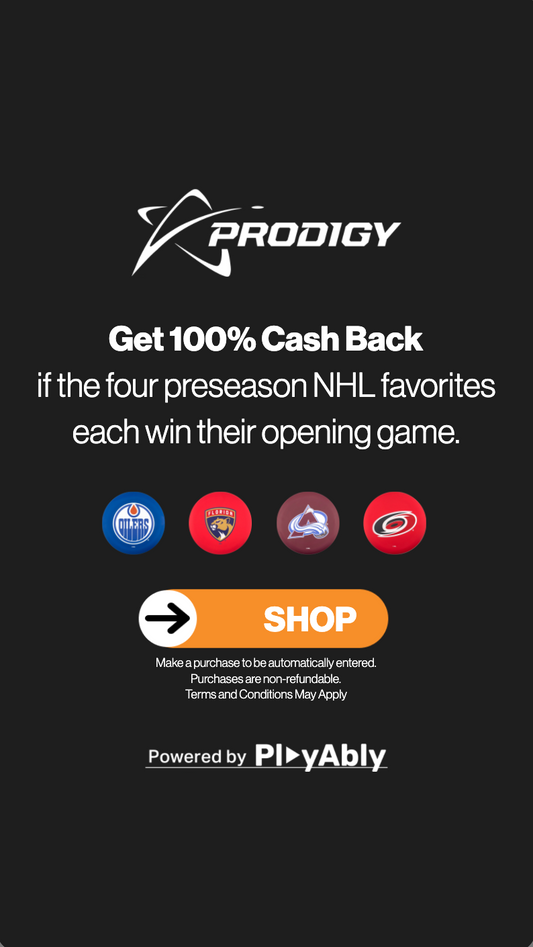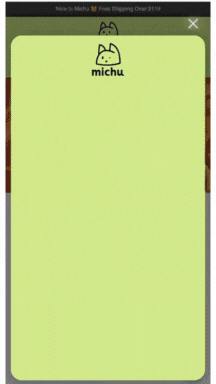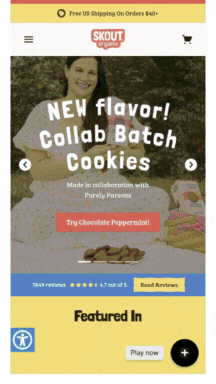How Gamified Loyalty Marketing Can Increase LTV (Lifetime Value) in eCommerce
Vintage Cars Customizable Game
Creating Customer Journeys Experiences in eCommerce with Gamification
Download The Guide
In eCommerce, building customer loyalty is essential for maximizing Customer Lifetime Value (LTV), which is a key driver of long-term growth. Gamified loyalty marketing takes traditional loyalty programs a step further by making them engaging, interactive, and rewarding. Through elements like points systems, tiered memberships, and personalized rewards, gamification creates a dynamic experience that encourages customers to return and spend more over time. This guide explores how gamified loyalty marketing can increase LTV and build stronger connections with customers.
Why LTV Matters in eCommerce
LTV represents the total revenue a customer is expected to generate over the duration of their relationship with a brand. Focusing on LTV, rather than one-time purchases, helps eCommerce brands build sustainable growth by fostering long-term customer loyalty. Studies show that increasing LTV by just 5% can result in a profit boost of up to 25%, as repeat customers often spend more, make larger purchases, and refer others.
Vintage Cars Customizable Game
Gamification and conversion optimization go hand in hand. While gamification keeps users engaged, conversion optimization ensures that engagement leads to action—whether that’s making a purchase.
Download The GuideGamification Strategies to Increase LTV
1. Points-Based Systems for Continuous Engagement
Points-based systems reward customers for each purchase, review, referral, or social engagement, creating a sense of accomplishment and encouraging repeat visits. By allowing customers to redeem points for discounts, free products, or exclusive access, brands add a layer of motivation that keeps customers coming back. Points systems create a loop of engagement that builds LTV by giving customers a reason to keep interacting.
To make points-based systems effective:
- Offer points for a variety of actions beyond purchases to encourage engagement across channels.
- Clearly explain how points are earned and redeemed, making the process accessible and enticing.
- Track customer points visibly in their accounts, reinforcing the value of returning.
2. Tiered Memberships with Exclusive Rewards
Tiered memberships create a progression system where customers earn exclusive rewards as they reach higher levels. By introducing benefits like VIP access, faster shipping, or special discounts at each tier, brands can make customers feel recognized for their loyalty. Tiered memberships encourage customers to spend more and engage consistently, increasing LTV by creating an ongoing sense of value and belonging.
Effective tiered membership strategies include:
- Naming and branding each tier to make the experience memorable (e.g., Silver, Gold, Platinum).
- Offering increasingly valuable rewards at each level to incentivize progression.
- Providing real-time progress tracking so customers can see how close they are to unlocking the next tier.
3. Personalized Rewards for Enhanced Customer Connection
Personalized rewards create a sense of connection, as customers feel that the brand understands and values their preferences. By analyzing customer data, brands can offer rewards tailored to individual interests, such as a discount on a favorite product category or a birthday bonus. This personalized approach strengthens loyalty, encouraging customers to return more frequently and increasing their LTV.
To implement personalized rewards:
- Use purchase and browsing data to offer relevant recommendations and rewards.
- Offer occasional “surprise and delight” rewards, like a discount on a frequently bought item.
- Send personalized emails with tailored offers, making customers feel valued and understood.
4. Seasonal and Time-Sensitive Challenges to Drive Engagement
Seasonal or time-limited challenges add excitement and urgency, motivating customers to make additional purchases or engage within a specific period. For example, a holiday “12 Days of Deals” challenge might offer bonus points or exclusive discounts each day, encouraging customers to shop repeatedly. This tactic not only boosts short-term engagement but also reinforces the habit of interacting with the brand, building LTV over time.
Best practices for time-sensitive challenges:
- Tie challenges to specific events or holidays to keep them relevant and timely.
- Use countdowns or progress bars to enhance the urgency and excitement of completing challenges.
- Provide meaningful rewards for completion, reinforcing the value of participating.
5. Referral Programs with Gamified Rewards
Gamified referral programs encourage existing customers to bring in new shoppers, increasing both LTV and customer acquisition. By rewarding customers for each successful referral—such as with points, discounts, or exclusive perks—brands can leverage word-of-mouth marketing while building a community of loyal shoppers. Referral programs create an ongoing incentive to share the brand, extending the customer’s engagement and LTV.
Effective referral program tips include:
- Reward both the referrer and the new customer to encourage participation from both sides.
- Use gamified elements like badges or leaderboards for top referrers to create a competitive spirit.
- Make sharing easy, with direct links to social media or email invitations.
Implementing Gamified Loyalty Marketing: Best Practices
To ensure gamified loyalty marketing effectively boosts LTV, follow these best practices:
- Prioritize User-Friendly Design: Loyalty features should be easy to understand and navigate, keeping the experience enjoyable.
- Offer Valuable Rewards: Make sure rewards are meaningful to customers, such as discounts or free items, to encourage sustained engagement.
- Optimize for Mobile: Many customers engage on mobile, so gamified loyalty tools should be mobile-friendly.
- Personalize When Possible: Tailored rewards and communications make customers feel recognized, encouraging loyalty.
Measuring the Impact of Gamified Loyalty Marketing on LTV
To assess how gamified loyalty marketing impacts LTV, monitor these key metrics:
- Customer Lifetime Value (CLV): Track overall LTV to see how effectively gamification encourages repeat purchases and engagement.
- Repeat Purchase Rate: Measures the frequency of customer returns, showing how well loyalty marketing builds retention.
- Engagement Rate: Tracks how often customers interact with loyalty features, like points or referral programs.
- Average Order Value (AOV): Higher AOV indicates that customers are spending more with each purchase, contributing to increased LTV.
Building Lasting Relationships with Gamified Loyalty Marketing
Gamified loyalty marketing transforms customer relationships, making interactions feel valuable and rewarding. By implementing points systems, tiered memberships, and personalized rewards, brands create an engaging experience that motivates customers to return and spend more over time. This approach not only increases LTV but also builds a community of loyal shoppers who feel connected to the brand.
Through thoughtful design and strategic rewards, gamified loyalty marketing can turn casual shoppers into long-term customers, driving sustained growth and helping eCommerce brands achieve their full potential.



